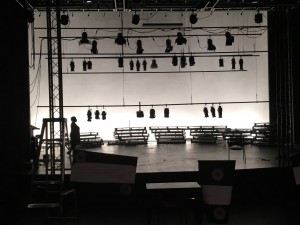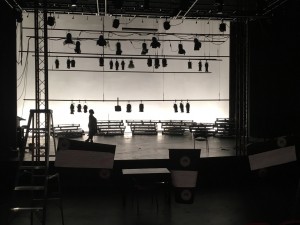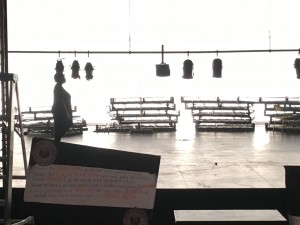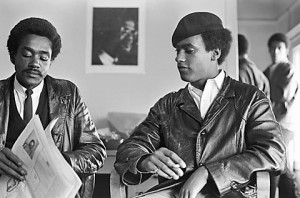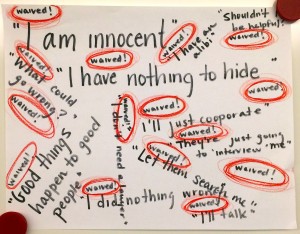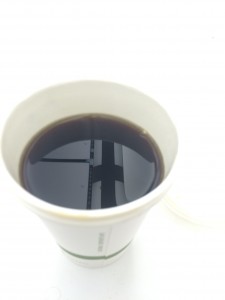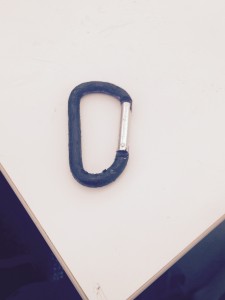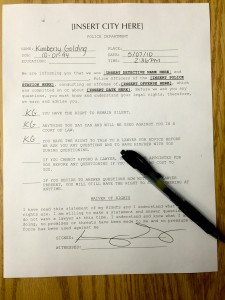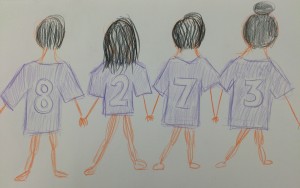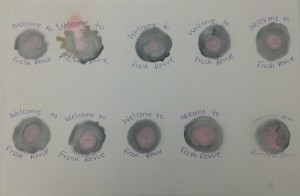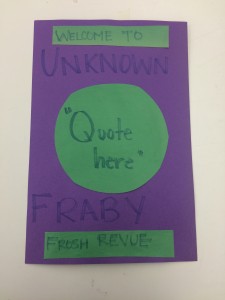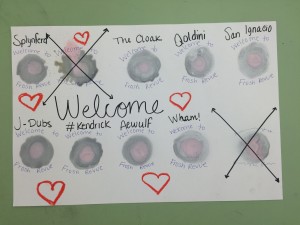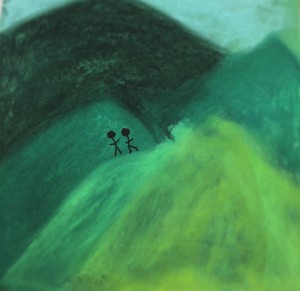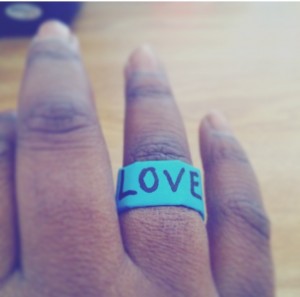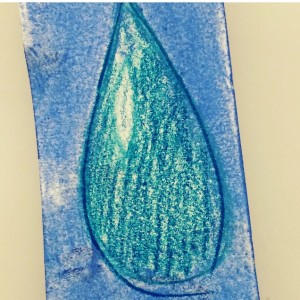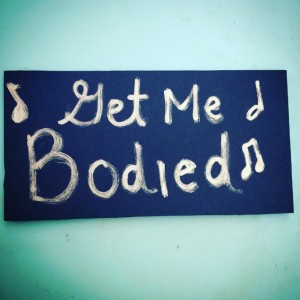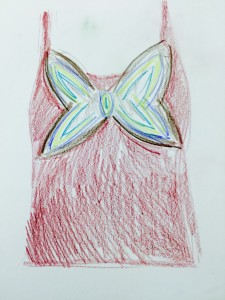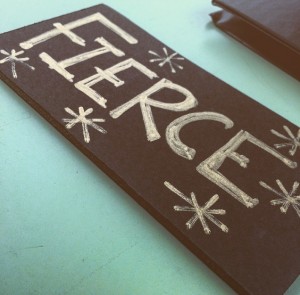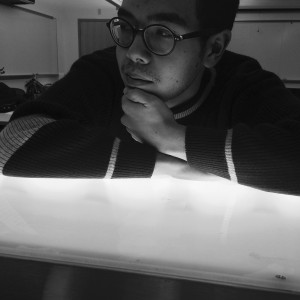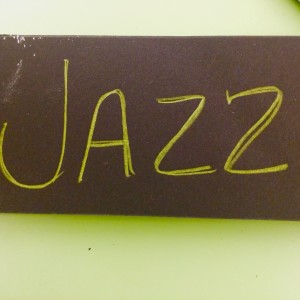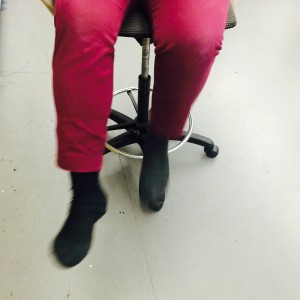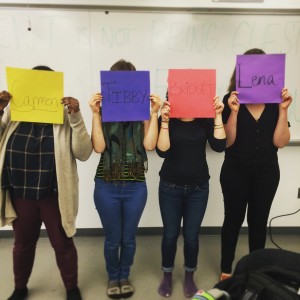Keep It
Something I would like to keep/develop further is the theme of “failure” that seems to be seeping into our world (i.e. failure of memory, failure of justice, failure of humans, etc.). This, of course, is a big theme to tackle, but I wonder what it would be like to invest more into this idea. My first instinct is to go back to those pieces (about failure) that we’ve made and discuss their commonalities/differences. Though those conversations, we might be able to pinpoint the ideas within topic of “failure” that most interests us. I’m also interested in how this idea of failure can relate to the audience – performer relationship (How do we perform failure in front of people vs authentically fail in font of people?) Maybe then we split up into groups and and make tiny (like one minute) performances? Up until this point, we’ve been creating a lot of “solo” work, but think it might be good to start putting minds together.
We’ve also been creating a lot of “striking” images (like Bailey in the box, or Omar standing in front of harsh light reciting poetry, or Sophia in the elevator, etc). I guess I’d like to continue to explore the way external elements (lights, sound, etc.) help to support our work.
Leave it
This has kind of already been touched on, but I would like to leave behind the “museum” aesthetic. Our presentation never really felt cohesive “piece” to me, which was a little frustrating. I thought the audience was inundated with so many mediums, that they didn’t really know where to look or how to look at things. Instead, it seems as if they gravitated more our “performances” rather than the collection of things in the space.
Want it
Narrative! I’m interested how we can incorporate more narrative into our work. Most of the work we’ve created has been centered around an idea or a story. I would love to talk more about why that is. How can we create narrative solely though text, image, or movement? When can those things be combined to enhance a piece of work? How can those things be juxtaposed and still (somehow) support the content of a piece? What are ways we can turn the concept of narrative on its head?
